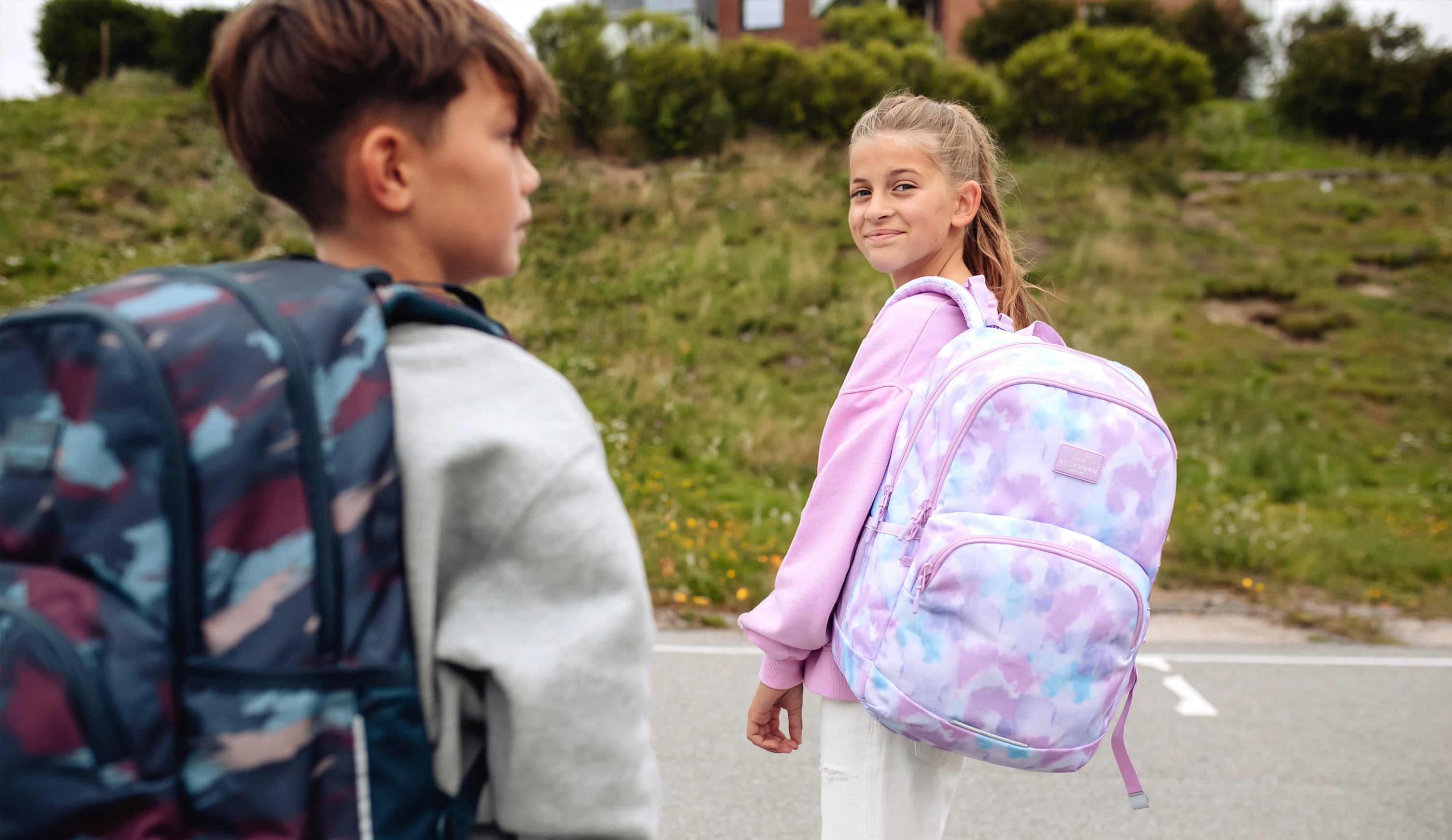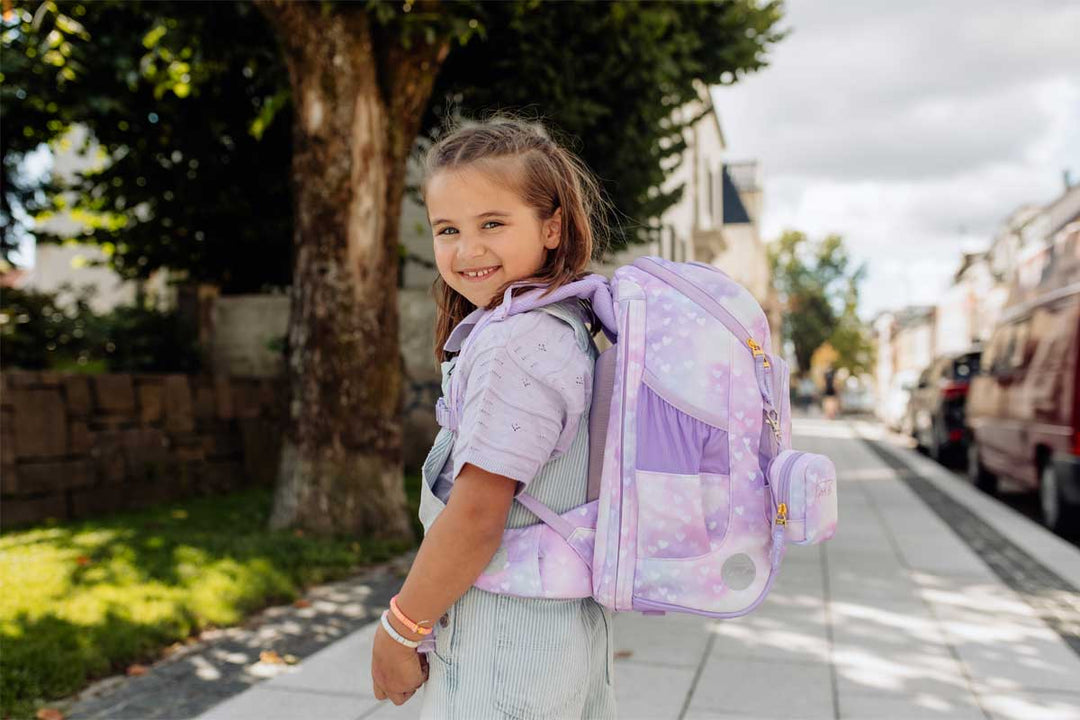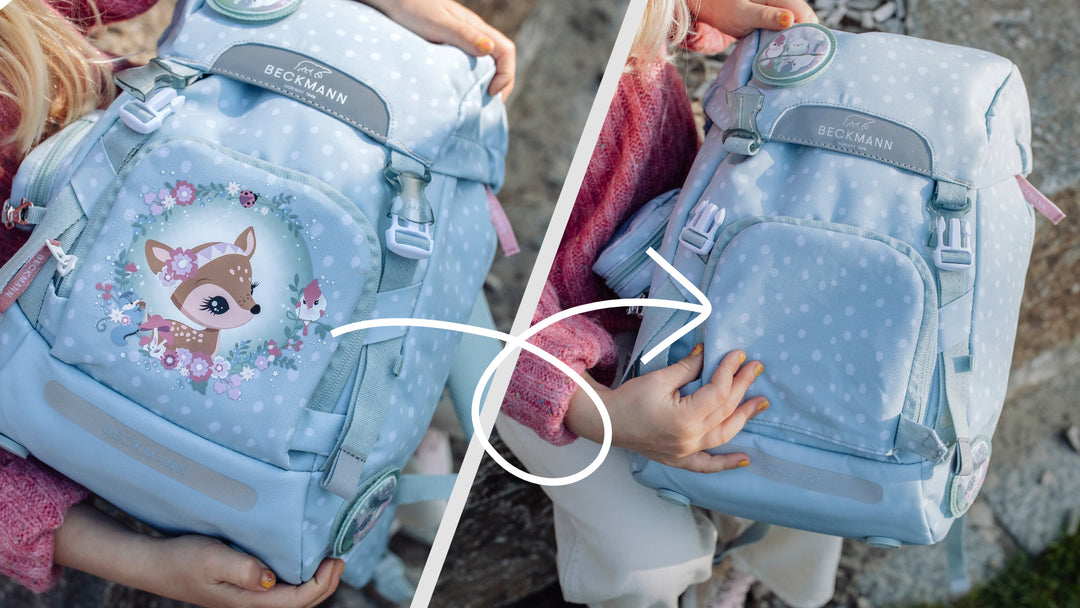Active Air FLX Lab Test: Redefining Support in School Backpacks
In collaboration with NORCE Research and supported by the Norwegian Research Institute, we've employed cutting-edge pressure mapping techniques and robotics to revolutionize the school backpack experience
The Process
3D-scan of the Child

3D-print of the Child's Upper Body

Assembly of Sensory Mat and School Backpack

Testing, Simulated Movements Using Robots

Analyzing Results
We were extra excited seeing how our 1st-2nd grade school backpack, Active Air FLX, performed against competing school backpacks in the market. The back system on the Active Air FLX is based on a combination of air and padding. Below you can see test-results from different school backpacks (time: 30 seconds running, weight in backpack: 2,5 kg + dead weight).

| Distribution of pressure: | Beckmann Active Air FLX | Competitor Y | Competitor X |
| Shoulders | 38 % | 45% | 53 % |
| Back and hips | 62 % | 55% | 47 % |
| Total | 100 % | 100% | 100 % |
The air cushion in the back of Active Air FLX distributes the pressure more evenly over a larger part of the back and provides a larger contact surface between the backpack and the back. This in turn leads to better support and stability.
When carrying a school backpack, you want to distribute weight from the shoulders to the hips. Therefore, most bags are equipped with a hip belt. This also applies to all the bags we tested. Nevertheless, we see big differences. By looking at the illustrations, it is very clear that Active Air FLX transfers much more of the weight to the hips/pelvic crest, compared to the competing school bags we tested.
From the illustration you can also see how the center of gravity of the bags lies through the testing. It appears with a red dot in the center of the spine. Compared to the competitors, Active Air FLX has a lower center of gravity, which supports that the shoulders carry less, and that more of the weight has been distributed to the hips.
Should I use the hip belt on my Active Air FLX?
As the table illustrates, our findings indicate that more weight is borne by your shoulders.
| Active Air FLX | With hip-belt | Without hip-belt |
| Shoulders | 38 % | 46% |
| Back and hips | 62 % | 54% |
| Total | 100 % | 100% |






